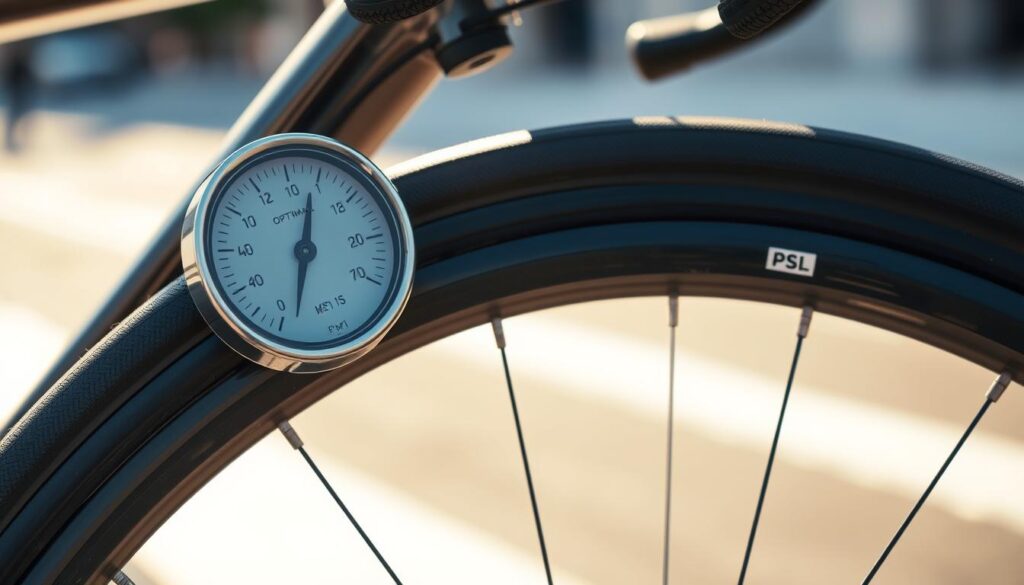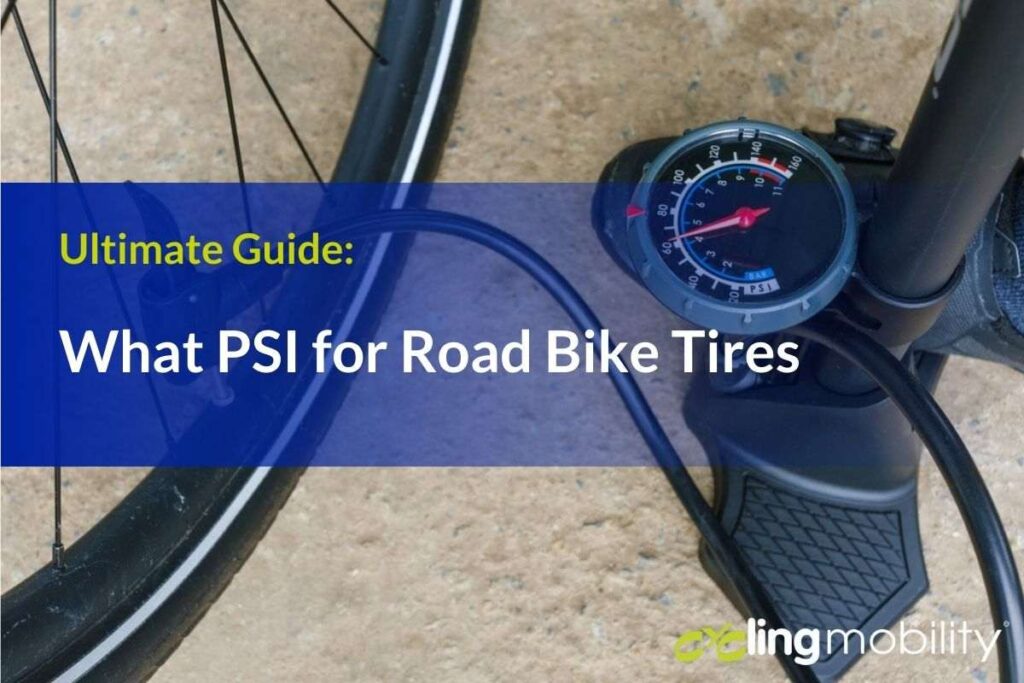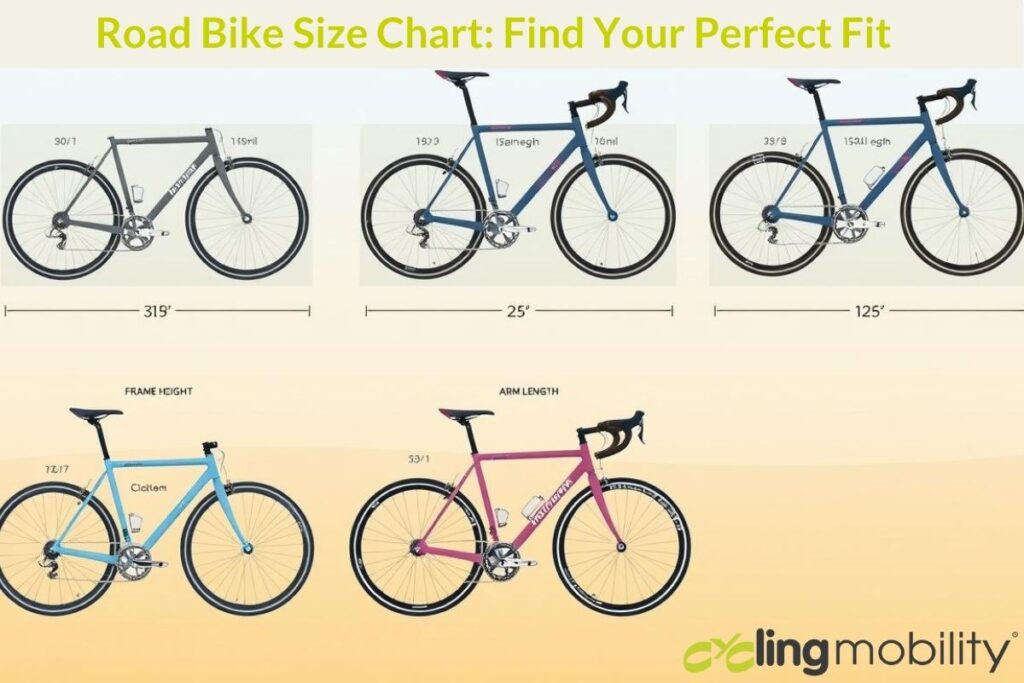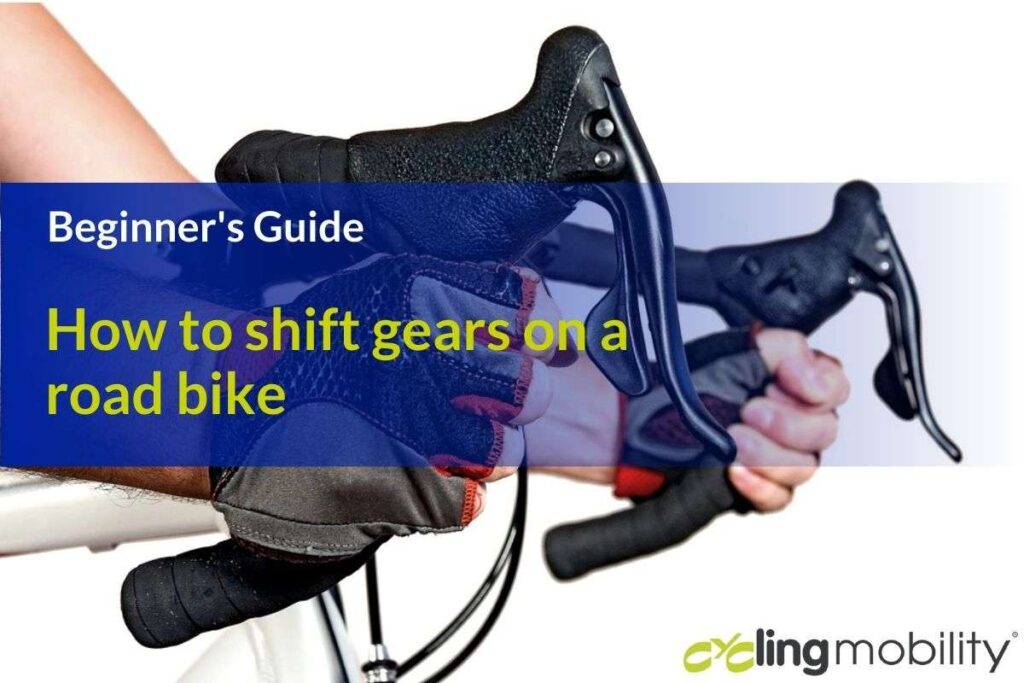Are you tired of guessing the perfect tire pressure for your road bike? This guide will show you how to find the ideal PSI for your tires. It doesn’t matter if you’re an experienced cyclist or just starting. Learning about tire pressure and how it affects your ride will change everything.
Getting your tire pressure right is key to a smooth, safe ride. The right pressure means better traction, less resistance, and a more comfortable ride. We’ll explore what affects the best tire pressure, like your weight, tire size, and the terrain. This knowledge will help you make the right choices and reach your cycling goals.
Understanding Road Bike Tire Pressure Essentials
The basics of bike tire PSI (Pounds per Square Inch) are key for top performance on your road bike. Tire pressure greatly affects how your bike handles. It impacts traction, rolling speed, and comfort. Knowing how tire pressure affects your bike’s performance is crucial for a better ride.

The Basics of Bike Tire PSI
Road bikes need tire pressures between 70 to 110 PSI for best performance. This range balances rolling resistance, grip, and puncture resistance. The air pressure in your tires affects how hard or soft they feel. Higher PSI makes the tire harder, while lower PSI makes it softer.
Tire Pressure and Your Bike’s Performance
Tire pressure greatly impacts your bike’s performance. Higher pressures can boost your top speed by reducing rolling resistance. However, they may make the ride harsher and decrease traction on rough surfaces.
Lower pressures can improve comfort and grip. But they may slow you down and increase puncture risk.
Adjusting your tire pressure based on terrain and weather can greatly improve your bike’s handling and performance.
“Correct tire pressure can improve cycling speed by up to 5%.” – Silberman, 2012
Regular maintenance, like checking tire pressure before each ride, is vital. It keeps your bike performing well and safely. By understanding bike tire PSI and its impact, you can fine-tune your bike for the best speed, traction, and comfort.
Determining the Ideal Tire Pressure for Your Needs
Finding the right tire pressure for your road bike is key for top performance and comfort. Several factors affect this, like your weight, the bike’s weight, and the tire width. Knowing how these elements impact tire pressure helps you adjust your bike to fit your needs.
Analyzing the Rider and Bike’s Weight
Heavier riders and bikes need higher tire pressures to handle the extra weight. This prevents the tires from bottoming out and getting pinch flats. Lighter riders can usually run lower tire pressures, which improves comfort and grip on rough roads.
The PSI values in this chart offer general guidelines, but it’s important to remember that individual preferences and riding conditions vary. Experimenting with different pressures can help you find the perfect balance between comfort, control, and performance for your specific setup.
| Rider Weight (lbs) | Tire Size (mm) | Tube Tire PSI | Tubeless Tire PSI |
|---|---|---|---|
| 100-120 | 23-25 | 90-100 PSI | 80-90 PSI |
| 120-140 | 23-25 | 95-105 PSI | 85-95 PSI |
| 140-160 | 23-25 | 100-110 PSI | 90-100 PSI |
| 160-180 | 25-28 | 105-115 PSI | 95-105 PSI |
| 180-200 | 25-28 | 110-120 PSI | 100-110 PSI |
| 200+ | 28+ | 115-125 PSI | 105-115 PSI |
Learning the Relevance of Tire Width
Tire width is also important for finding the right tire pressure. Narrow tires, like 23mm or 25mm, need higher pressures to keep their shape and ride smoothly. Wider tires, such as 28mm or 32mm, can be run at lower pressures. This makes for a more comfortable and stable ride, especially on bumpy surfaces.
“If riding on rough roads or gravel, lower tire pressures can improve comfort and reduce the risk of pinch flats.”
Some tire makers offer pressure guides or calculators to help you find the best pressure. By considering your weight, the bike’s weight, and the tire width, you can balance speed, comfort, and performance.

What psi for road bike tires?
Choosing the right tire pressure for your road bike is key. It affects how your bike performs, feels, and the overall ride. Let’s look at the best PSI for various road surfaces to enhance your cycling trips.
Smooth Roads: Higher Pressures for Efficiency
For smooth, paved roads, aim for 90-110 PSI. This pressure cuts down on rolling resistance. It makes you go faster and farther. It also lowers the chance of getting a flat or pinch flat.
Rough or Gravel Roads: Lower Pressures for Traction and Comfort
On rough terrain like gravel or dirt, drop your pressure to 70-90 PSI. This makes your bike grip better and ride smoother. It helps your tires hug the bumpy road, making your ride softer.
Wet Conditions: Slightly Lower Pressures for Enhanced Traction
In wet or rainy weather, try 80-100 PSI. This can improve your bike’s grip. It helps you stay in control and stable on wet roads.
Keep in mind, the best tire pressure for your bike changes based on your weight, tire size, and how you like to ride. Always check and adjust your tire pressure. This ensures you get the best mix of speed, comfort, and safety for the road conditions.

“Finding the right tire pressure is crucial for both performance and comfort on your road bike. Experiment with different PSI settings to discover the sweet spot that works best for you and the terrain you’re riding.”
Optimizing Tire Pressure for Varying Terrains
When cycling, the right tire pressure is key, especially on different terrains. Cyclocross and gravel riders use tubeless tires at low pressure for better grip and comfort. Road cyclists aim for a balance between performance and safety on various road conditions.
Understanding the link between pressure, traction, and comfort is crucial. Lower pressures improve grip and comfort on rough surfaces. Higher pressures are better for smooth roads, reducing rolling resistance and increasing speed.
The recommended PSI range for road bike tires is 80-130 PSI, and for mountain bikes, it’s 30-50 PSI. Gravel and hybrid bikes need a middle ground, with a PSI range of 50-70. The perfect pressure depends on rider weight, tire width, and terrain.
Carrying a mini pump lets you adjust pressure as needed. This ensures the best performance and comfort on changing terrains. By trying different pressures and observing the effects, you can learn how to optimize tire pressure for different terrains and adjust tire pressure for road and off-road riding. This flexibility will enhance your cycling experience and let you handle various surfaces with confidence.
Proper Tire Pressure Maintenance and Adjustment
Keeping the right tire pressure on your road bike is key for top performance and safety. It’s important to check and adjust the pressure often. This ensures your tires are at the PSI levels recommended by the maker. If you ignore this, you might face issues like less efficiency, less comfort, and a higher risk of punctures or blowouts.
Routine Pressure Checks and Adjustments
Make it a habit to check your tire pressure before every ride. Use a reliable tire pressure gauge to measure the PSI in each tire. Compare it to the recommended range, usually between 90 and 120 PSI for road bike tires. If it’s too low, add air until you hit the right level. If it’s too high, let out air until it’s just right.
Understanding and Using Tire Pressure Tools
Getting a good tire pressure gauge is key for keeping the right tire pressure. Choose a digital or dial gauge for accurate readings. Some riders also like a floor pump with a built-in gauge for easy inflation and adjustments.
Avoiding Common Tire Pressure Pitfalls
- Overinflating tires: This can make the ride harsh and uncomfortable, and increase the risk of pinch flats.
- Underinflating tires: Riding with underinflated tires can make your ride less efficient, increase flat tire chances, and damage tires over time.
- Common tire pressure mistakes: Forgetting to check pressure, relying on looks instead of a gauge, and not adjusting for different conditions or terrain.
By being careful with maintaining proper tire pressure and using the right tools, your road bike will perform its best. Regular checks and adjustments will help you avoid common problems. This way, you’ll enjoy a more comfortable, efficient, and safe ride.

Conclusion
Getting the right PSI for your road bike tires is key for better cycling. It boosts your speed, grip, and comfort. Knowing your weight, tire size, and the terrain helps you adjust the pressure for the best ride.
Checking tire pressure often and using the right tools is important. This guide helps you find and keep the perfect PSI for your bike. It lets you ride at your best.
Knowing the right tire pressure is vital for a great cycling experience. Stay informed and keep your tires at the right pressure. This way, every ride will be smooth and fun.
FAQs
What factors determine the ideal tire pressure for a road bike?
Several things affect the ideal tire pressure for a road bike. These include the rider’s weight, the bike’s weight, and the tire width. Heavier riders and narrower tires need higher pressure. Lighter riders and wider tires can run at lower pressures.
How does tire pressure affect the performance of a road bike?
Tire pressure greatly impacts a road bike’s performance. It affects traction, rolling speed, and comfort. Higher pressure improves speed and efficiency by reducing rolling resistance.
Lower pressures offer better grip and a more comfortable ride on rough or gravel roads.
What are the recommended tire pressures for different road conditions?
For smooth roads, use higher tire pressures (around 90-110 PSI) for better speed and efficiency. On rough or gravel roads, lower pressures (70-90 PSI) are best for grip and comfort.
In wet conditions, slightly lower pressures can help with traction.
How should riders adjust tire pressure for varying terrain during a ride?
For cyclocross or gravel riding, use tubeless tires at lower pressures for better grip and comfort. Road cyclists might need to find a middle pressure for balance across different road conditions.
Why is it important to regularly check and adjust tire pressure on a road bike?
Keeping the right tire pressure is crucial for performance and safety. It helps prevent punctures, improves efficiency, and makes the ride more comfortable. Regular checks and reliable tools are essential for maintaining the ideal pressure.






